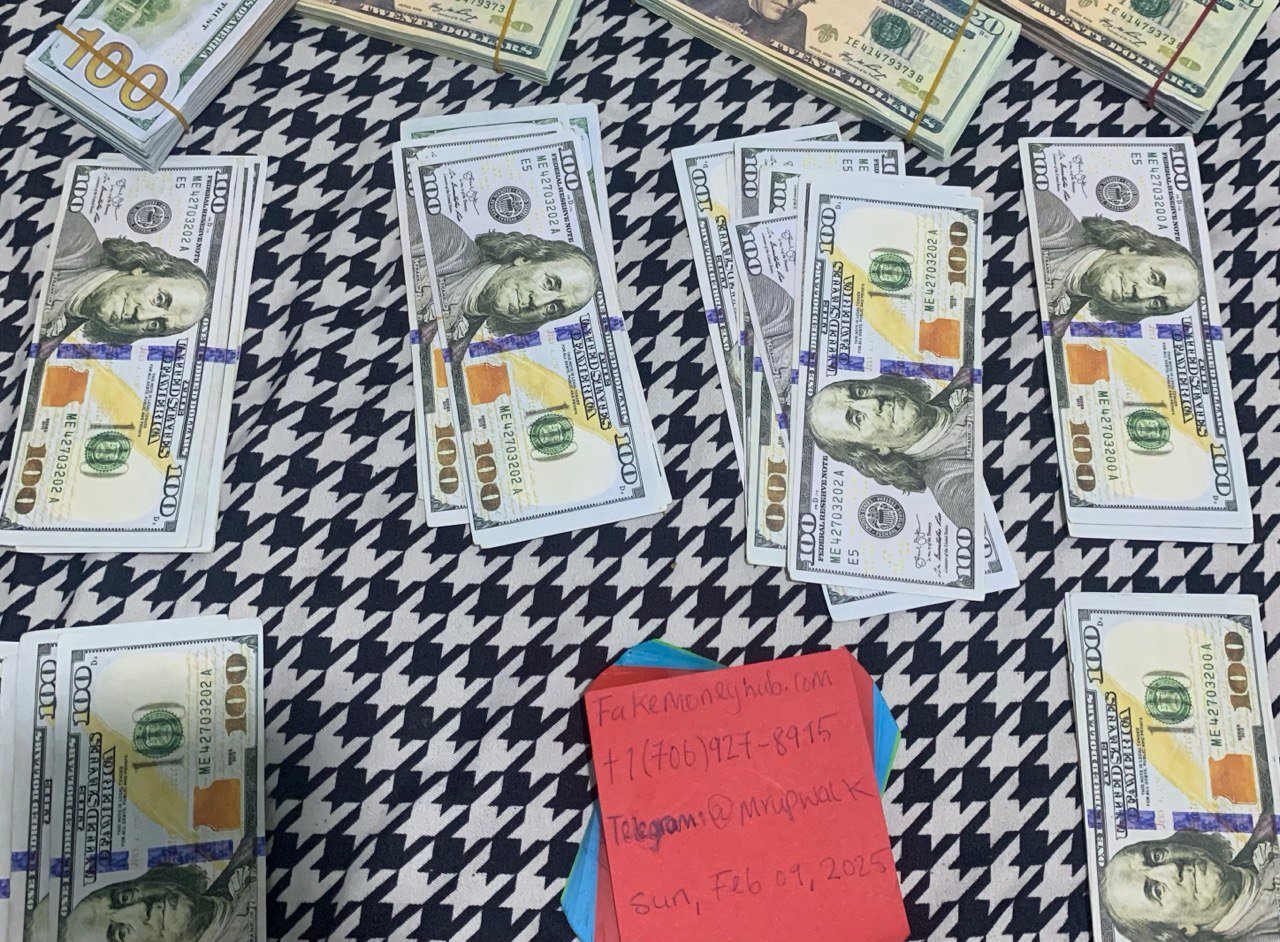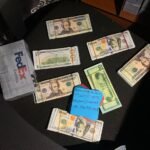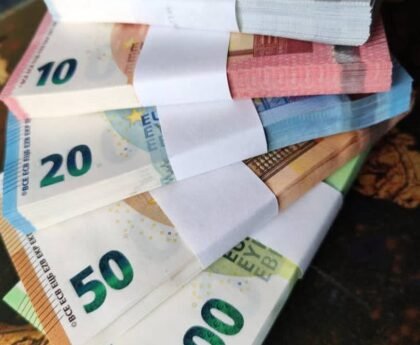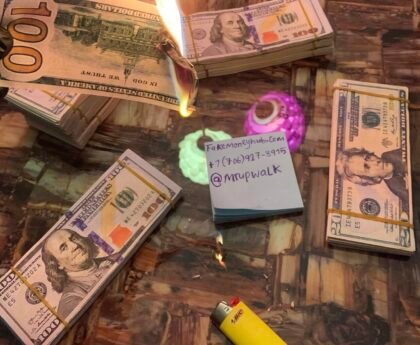Where Can I Buy Counterfeit Money | Fake US Currency For Sale
Throughout history, there have been cases where governments have used resorted to using Counterfeit Bills For Sale or inflated currency as a means of attempting to stabilize.
These measures, often seen in times of economic crisis, typically involve the printing of more money than is backed by actual assets or the manipulation of existing currency.
While most countries do not admit to using Counterfeit Banknotes, here are a few examples of governments resorting to such tactics or devaluing their currency in a way that could be considered akin to counterfeit practices:
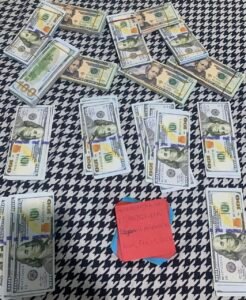
1. Germany (Weimar Republic, 1920s)
- Background: After World War I, Germany faced massive reparations payments as part of the Treaty of Versailles. To cope with the burden of these payments and a crumbling economy, the Weimar Republic printed an excessive amount of money, leading to hyperinflation.
- Result: The German mark became worthless, and people used wheelbarrows full of currency just to buy basic goods. In this context, the money essentially became “counterfeit” in the sense that it was not backed by any real economic value. The government had to redenominate the currency and adopt a new one, the Rentenmark, to stabilize the economy.
2. Zimbabwe (2000s)
- Background: Zimbabwe experienced one of the most extreme cases of hyperinflation in history. During the late 1990s and early 2000s, the Zimbabwean government printed money in an attempt to deal with economic collapse, including a decline in agricultural production, political instability, and the loss of foreign investment.
- Result: At its peak, inflation reached an astronomical 89.7 zillion percent (89.7 10^22%), rendering the Counterfeit Bills For Sale practically worthless. The government printed increasingly larger denominations, including a 100 trillion-dollar note. The value of the Fake US Currency collapsed, and Zimbabwe eventually abandoned its currency in 2009, using foreign currencies like the U.S. dollar instead.
3. Hungary (Post-World War II)
- Background: After World War II, Hungary faced an economic collapse. In the aftermath of the war, the government issued vast amounts of currency to try to stabilize the economy. By mid-1946, Hungary experienced the worst inflation in history, with prices doubling every 15 hours.
- Result: The Hungarian pengő became completely worthless, and the government issued the forint as a replacement in 1946 to stabilize the economy.
-
Counterfeit Bills For Sale | Fake Banknotes For Sale
4. Brazil (1980s-1990s)
- Background: Brazil faced hyperinflation throughout the 1980s and 1990s, which prompted the government to print large amounts of money. This devaluation was particularly evident in the “cruzeiro” currency, which was replaced multiple times during this period.
- Result: The government introduced new currencies such as the “cruzeiro real” and, ultimately, the “real” in 1994 to stop hyperinflation and stabilize the economy. The currency devaluation was seen as a form of “counterfeiting” in the sense that the newly printed money was not backed by economic productivity.
5. Venezuela (2010s – Present)
- Background: Venezuela’s economy collapsed under the leadership of Hugo Chávez and later Nicolás Maduro due to mismanagement, falling oil prices, and U.S. sanctions. To finance its budget deficits, the government printed large quantities of the Bolivar, the country’s national currency.
- Result: The Bolívar became almost worthless, leading to severe hyperinflation. At its peak, Venezuela’s inflation rate exceeded 1,000,000% in 2018. The government printed increasingly higher denominations of banknotes, which had no real value. Venezuela has since adopted the Counterfeit Notes For Sale to some extent to stabilize its economy.
6. The Soviet Union (1920s)
- Background: After the Russian Revolution of 1917, the Soviet Union faced significant economic difficulties. The Bolshevik government printed money to finance the Civil War and other state projects, leading to inflation.
- Result: The Soviet ruble became nearly worthless in the early 1920s, prompting the government to undertake a currency reform and introduce a new ruble in 1924.
7. China (1940s)
- Background: During the Chinese Civil War, the Chinese Nationalist government (Kuomintang) faced heavy economic strain. The government began printing large amounts of currency to fund the war, leading to severe inflation.
- Result: The Chinese dollar (also known as the yuan) devalued dramatically, contributing to hyperinflation. In 1949, after the Communist Party took power, the People’s Republic of China introduced a new currency, the renminbi, to stabilize the economy.
In these examples, governments essentially resorted to creating excessive amounts of Counterfeit Dollars or allowing hyperinflation, which also led to devaluation of the currency.
While not technically “counterfeiting,” the result was often similar: money became worth less and less, destabilizing the economy and requiring eventual currency reform.
Counterfeiting and Economic Policy
While Counterfeit Bills For Sale typically refers to illegal reproduction of a currency by individuals or groups, these historical examples demonstrate how governments sometimes take actions that have similar effects.
By printing unbacked currency or devaluing their money, governments artificially inflate the money supply, which also can lead to economic turmoil akin to the effects of counterfeit money. counterfeit dollars

